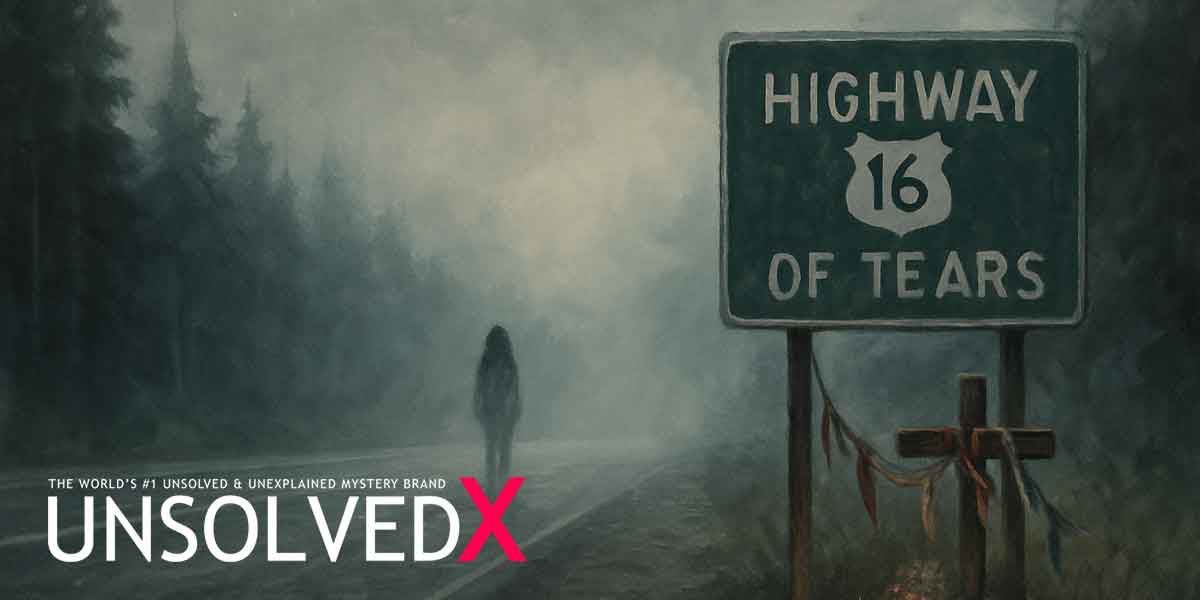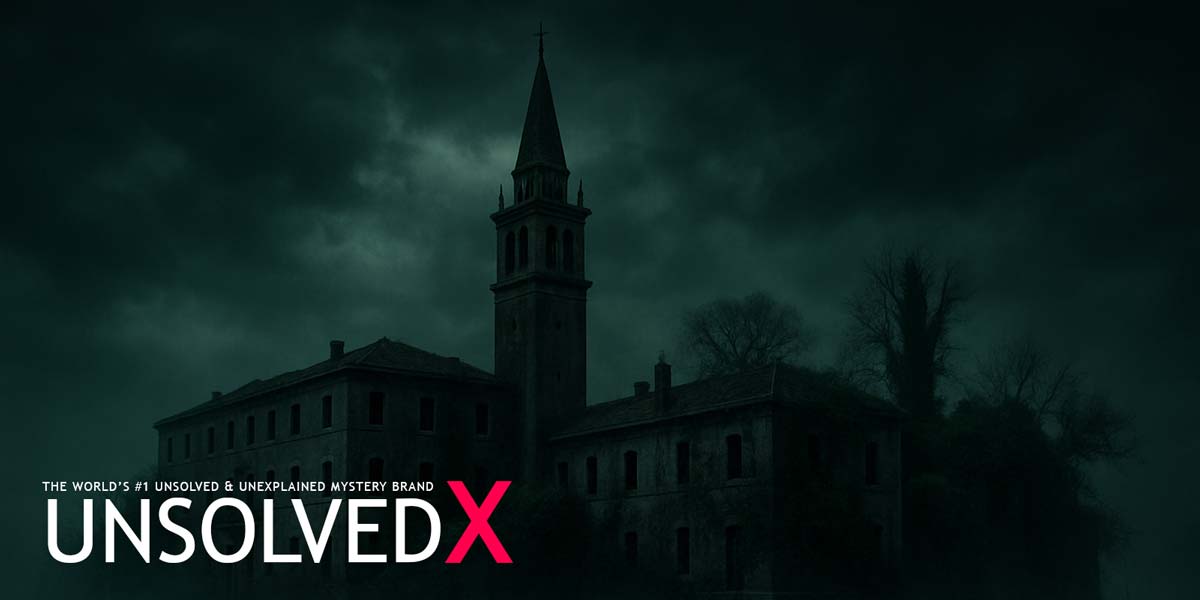A Shrine Born from Sorrow
Tucked away in the ancient canals of Xochimilco, south of Mexico City, La Isla de las Muñecas, or the Island of the Dolls, stands as a haunting monument to a tragic tale. The story begins in the 1950s with Don Julián Santana Barrera, a solitary man who left his family to live on a chinampa, one of the region’s floating gardens rooted in Aztec tradition. Legend has it that Santana Barrera found a young girl drowned in the canal, and, unable to save her, he hung a doll—believed to be hers—in a tree as a tribute. This act sparked a decades-long obsession, as he collected thousands of dolls to honor her spirit. Some, like reports from Discovery.com, suggest the girl’s existence is unverified, hinting that Santana Barrera’s actions may have stemmed from grief, guilt, or mental unraveling. Regardless, the island became a canvas for his fixation, its trees and fences draped with decaying dolls that draw visitors from around the world.
Santana Barrera’s life on the island was one of solitude and ritual. Over nearly 50 years, he gathered dolls from trash heaps or traded vegetables for them, transforming his small plot into a surreal, eerie shrine. By the time of his death in 2001—found drowned in the same canal where the girl supposedly perished—the island held roughly 4,000 dolls, many weathered, broken, or dismembered. Guinness World Records recognizes it as the “largest collection of haunted dolls,” fueled by tales of moving heads and whispered voices. After his passing, his nephew, Anastasio Santana Velasco, opened the island to tourists, preserving its macabre allure. The dolls, hanging like ghostly sentinels, continue to captivate, raising questions about whether Santana Barrera was driven by a real tragedy or a deeper, unexplained compulsion.
A Cultural Enigma in Xochimilco’s Canals
The Island of the Dolls is more than a spooky oddity; it’s woven into the cultural fabric of Xochimilco, a UNESCO World Heritage Site known for its vibrant canals and chinampas. Reaching the island requires a two-hour trajinera ride—colorful, flat-bottomed boats that navigate past floating markets and gardens. Some boatmen, wary of the island’s reputation, refuse to stop, as noted on Wikipedia. The dolls themselves, ranging from sun-bleached Barbies to eyeless figurines, create an unsettling tableau, with Agustinita—Santana Barrera’s cherished doll in a turquoise dress—serving as a shrine where visitors leave offerings for blessings. The island’s eerie atmosphere, amplified by cobwebs and cracked porcelain, feels like stepping into a living ghost story.
The island resonates with Mexico’s cultural reverence for death, echoing traditions like Día de los Muertos, where spirits are honored with altars and gifts. Many believe the dolls house the girl’s spirit or other restless souls, a notion supported by paranormal claims of whispers or moving eyes, as explored in Ghost Adventures and BuzzFeed Unsolved. Yet, not all locals buy into the supernatural hype—KSAT reports some view it as a quirky landmark rather than a haunted site. This duality makes the island a magnet for dark tourism, offering a blend of folklore, history, and unease that’s uniquely Mexican. It’s a place where the line between reverence and fear blurs, inviting visitors to confront the mysteries of life and death in a setting unlike any other.
Navigating the Island’s Chilling Mysteries
Visiting the Island of the Dolls is an adventure steeped in intrigue, starting with a trajinera ride from Xochimilco’s docks, like Embarcadero Cuemanco, costing about 200 pesos ($11 USD), according to The Travel JAR. Weekdays offer a quieter experience, avoiding weekend crowds. The island itself features three huts, a small museum with clippings about Santana Barrera, and the iconic dolls—some limbless, others cloaked in moss—surrounding a white crucifix marking the supposed drowning site. Visitors often leave dolls or coins, particularly at Agustinita’s shrine, as noted by The Socians. However, TripAdvisor reviews caution that some tours may lead to a less authentic site with fewer dolls, as the family reportedly removed many after Santana Barrera’s death. Confirming the true island, marked by a bamboo fence, is key to the full experience.
The island’s unanswered questions fuel its allure. Did the drowned girl exist, or was she a figment of Santana Barrera’s imagination? Why did he die in the same canal, and do the dolls truly move or speak, as claimed in Isladelasmunecas.com? Skeptics point to natural explanations like wind or overactive imaginations, while shows like Lore amplify the paranormal narrative. For those planning a visit, Journey Mexico offers guided tours with historical insights, and staying at Casa Prim in Colonia Juarez provides a cozy retreat post-adventure. The Island of the Dolls remains a gripping enigma—part tragedy, part folklore, part cultural relic—leaving visitors to ponder whether its haunting is real or a reflection of our own fascination with the unknown.










Comments
Comments section coming soon!